Tel: 01992 414000 Email Us
Hardwood Cladding
European Oak
Timber Cladding
European Oak Timber Cladding
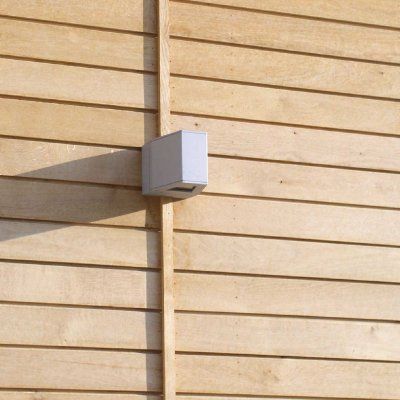
Slide title
Write your caption hereButton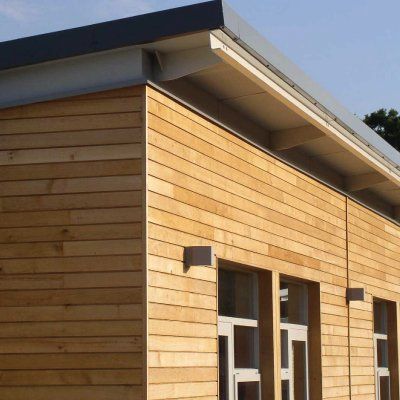
Slide title
Write your caption hereButton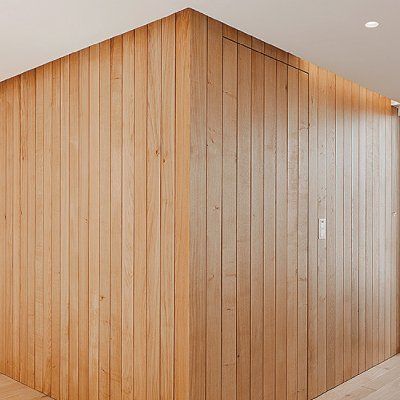
Slide title
Write your caption hereButton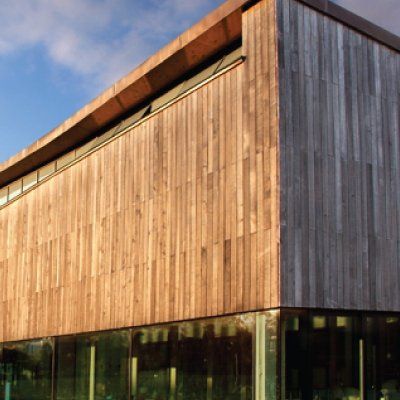
Slide title
Write your caption hereButton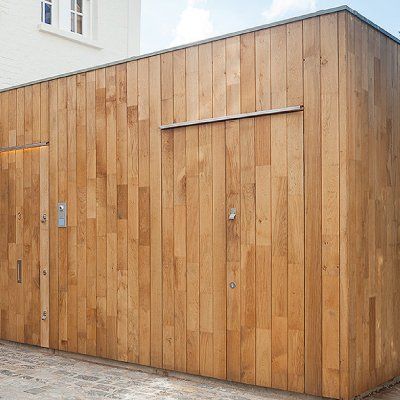
Slide title
Write your caption hereButton
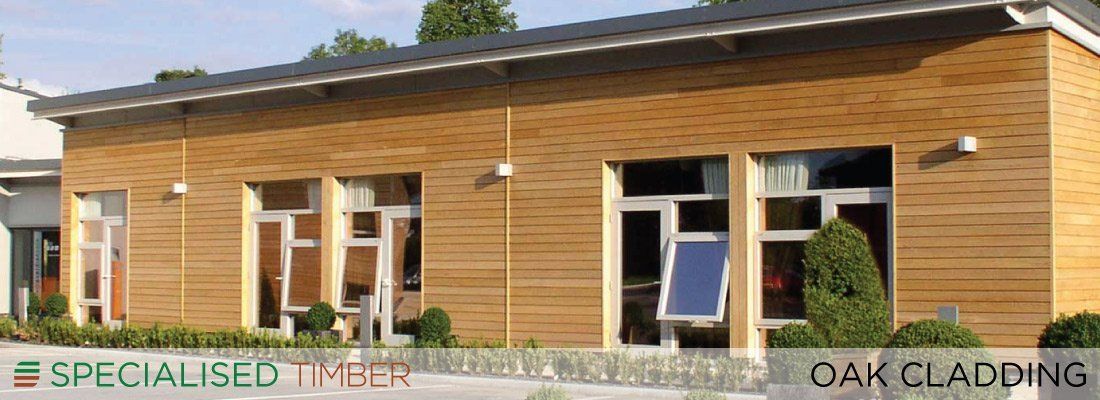
Slide Title
Write your caption here
Button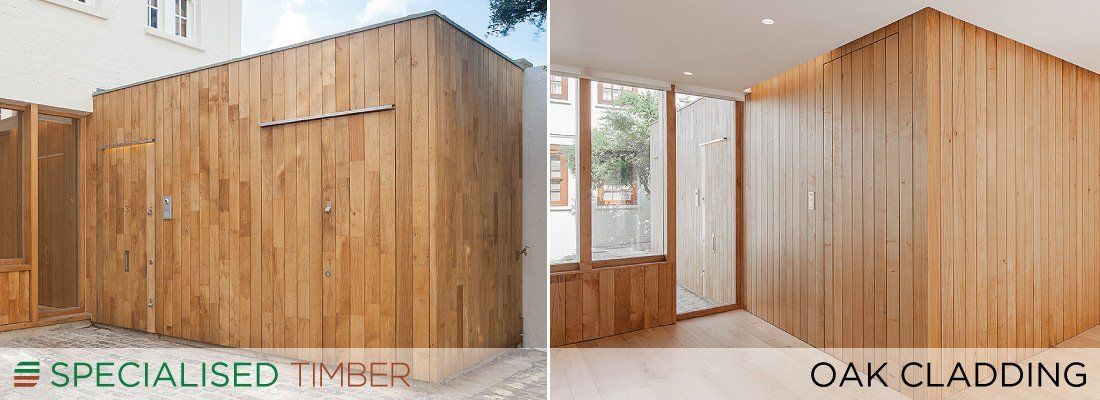
Slide Title
Write your caption here
Button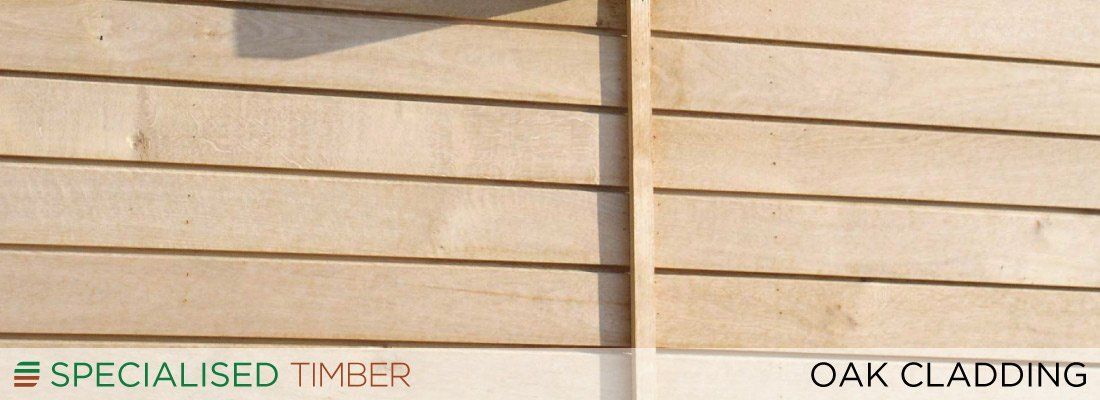
Slide Title
Write your caption here
Button
Construction companies - Civil engineering - Large scale housing or building projects - Architects
A highly durable, moderately stable timber which offers a relatively clean look with attractive figuring. Oak is a traditional cladding material, due primarily to an excellent level of durability, particularly when compared to other temperate hardwoods. European Oak has a distinctive grain with annual growth rings visible on crown cut boards. Quarter cut boards will have distinct silver grain figure due to the broad rays. Generally straight grained, hard wearing and durable, Oak offers a very attractive cladding solution. There are relatively few knots in the wood and it has attractive figuring, therefore this species may be considered if you are looking for a clean and contemporary look.
A highly durable, moderately stable timber which offers a relatively clean look with attractive figuring. Oak is a traditional cladding material, due primarily to an excellent level of durability, particularly when compared to other temperate hardwoods. European Oak has a distinctive grain with annual growth rings visible on crown cut boards. Quarter cut boards will have distinct silver grain figure due to the broad rays. Generally straight grained, hard wearing and durable, Oak offers a very attractive cladding solution. There are relatively few knots in the wood and it has attractive figuring, therefore this species may be considered if you are looking for a clean and contemporary look.
Appearance: Yellowish to golden brown, ages to silver grey if left unprotected.
Durability Classification: Class 2 according to BS EN 350-2
Density: 720 Kg/m3 at a moisture content of 18%
Dimensional Stability: Excellent
Environmental: PEFC Certified
Grade: QF-2
Dimensions:
Thickness:
Widths:
Lengths: 1.8m to 4.0m
Finishing: Accepts application of stains and paints.
Working Properties: Can be sawn and planed with standard woodworking equipment. Pre-drilling for fixing location is recommended
Fixing: Austenitic stainless steel fixings are recommended
Durability Classification: Class 2 according to BS EN 350-2
Density: 720 Kg/m3 at a moisture content of 18%
Dimensional Stability: Excellent
Environmental: PEFC Certified
Grade: QF-2
Dimensions:
Thickness:
Widths:
Lengths: 1.8m to 4.0m
Finishing: Accepts application of stains and paints.
Working Properties: Can be sawn and planed with standard woodworking equipment. Pre-drilling for fixing location is recommended
Fixing: Austenitic stainless steel fixings are recommended
Durability
For external cladding purposes, oak is one of the most durable temperate hardwoods (Class 2 according to BS EN 350-2). As such, it does not require any treatment due to its inherent natural resistance to moisture, decay and insect damage. Although we would estimate that oak cladding has a lifespan of at least 50 years when subject to general outdoor exposure, this is a conservative estimate; it will last for many years more if the cladding is correctly detailed and adequately ventilated.
Dimensional Stability Our oak is kiln-dried to 16–18% moisture content. The benefit of kiln drying this product, as opposed to air drying, is that the timber dries uniformly and therefore achieves optimum stability. Once the oak is kiln-dried, this enables machining of the product to achieve a superior finish.
Workability Due to thermal modification process this wood is easy to machine. Ensure that all corners are rounded to prevent splitting.
Fixing Oak tends to corrode metals due to its acidity, and a black/blue stain can appear in contact with metal. Stainless steel fixings are recommended. Screw fixings should be at least 40mm from the end of the boards to avoid splitting.
Coatings and Treatments In general Oak finishes well and can be stained or oiled satisfactorily.
Weathering Oak weathers slowly, eventually turning to a shade of silver/grey - if left untreated over a period of time.
Certification European Oak cladding is PEFC certified.
Dimensional Stability Our oak is kiln-dried to 16–18% moisture content. The benefit of kiln drying this product, as opposed to air drying, is that the timber dries uniformly and therefore achieves optimum stability. Once the oak is kiln-dried, this enables machining of the product to achieve a superior finish.
Workability Due to thermal modification process this wood is easy to machine. Ensure that all corners are rounded to prevent splitting.
Fixing Oak tends to corrode metals due to its acidity, and a black/blue stain can appear in contact with metal. Stainless steel fixings are recommended. Screw fixings should be at least 40mm from the end of the boards to avoid splitting.
Coatings and Treatments In general Oak finishes well and can be stained or oiled satisfactorily.
Weathering Oak weathers slowly, eventually turning to a shade of silver/grey - if left untreated over a period of time.
Certification European Oak cladding is PEFC certified.
Here to help - call us on 01992 414000
©
Specialised
Panel Products Ltd. Registered in England & Wales under 3500652 -
Privacy Policy



